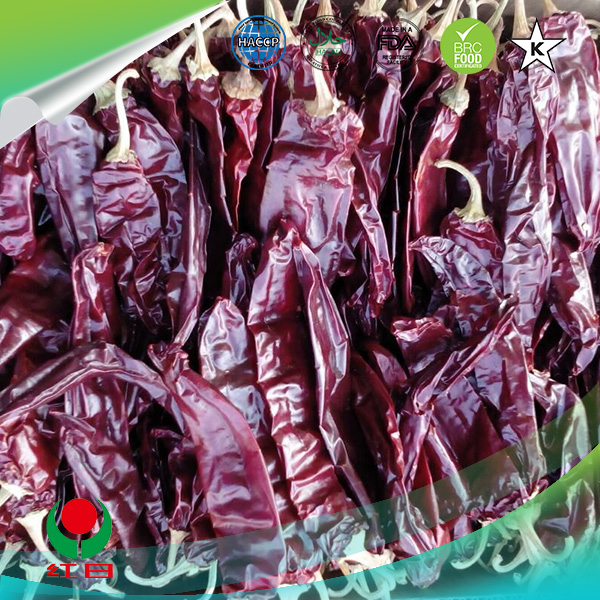Screw Types for Chipboard Applications and Best Practices
The Versatility of Screw and Chipboard in Modern Construction
In the realm of modern construction and woodworking, two materials have emerged as crucial players in the building and furniture industries screws and chipboard. Their synergistic relationship not only enhances structural integrity but also offers significant advantages over traditional materials. This article explores the characteristics of screws and chipboard, their common applications, and the reasons behind their popularity.
Understanding Chipboard
Chipboard, also known as particle board, is an engineered wood product made from wood chips, sawmill shavings, and sawdust, which are bonded together with a synthetic resin or adhesive. Typically manufactured in large sheets, chipboard is available in varying densities and thicknesses, making it ideal for a wide range of applications.
One of the primary benefits of chipboard is its cost-effectiveness. It often serves as an alternative to solid wood and plywood, providing a similar appearance at a fraction of the cost. This affordability makes it a popular choice for furniture, cabinetry, and flooring. Additionally, chipboard is easier to work with due to its uniform surface, which allows for smoother drilling, cutting, and finishing.
However, while chipboard offers several advantages, it also has limitations. It is susceptible to moisture, which can lead to swelling and deformation. To counteract this, manufacturers often produce moisture-resistant variants that are treated to withstand humid conditions, thereby expanding the potential applications of chipboard in environments like kitchens and bathrooms.
The Role of Screws
Screws are mechanical fasteners designed to hold objects together. They come in various sizes, materials, and designs, offering versatility for different construction needs. The most common types used with chipboard are particle board screws, which are specifically designed for optimal performance with engineered wood products. These screws typically feature coarse threads that enable them to bite into the fibrous material of the chipboard, ensuring a strong hold.
One of the key advantages of using screws with chipboard is the ease of assembly and disassembly. Unlike nails, which can be difficult to remove without damaging the material, screws can be easily unscrewed, allowing for easy repairs or alterations. This feature is particularly beneficial in furniture fabrication, where pieces may need to be disassembled for transportation or storage.
screw chipboard

Advantages of Using Chipboard and Screws Together
The combination of chipboard and screws presents numerous advantages that have made them a staple in contemporary woodworking and construction
1. Cost-efficiency Both materials are relatively inexpensive, making them accessible for large-scale projects. This combination allows builders and furniture manufacturers to reduce costs without compromising quality.
2. Lightweight yet Durable Chipboard is generally lighter than solid wood, making it easier to handle and transport. Coupled with screws, which provide robust connections, products made from chipboard can maintain a balance of lightness and durability.
3. Customization and Aesthetics With numerous finishes available, chipboard can mimic the appearance of more expensive materials, allowing for customization in design. When combined with stylish screws, this allows designers to create visually appealing products.
4. Environmental Sustainability Chipboard is often made from recycled materials and wood by-products, making it an eco-friendly choice. Using screws instead of adhesives or nails allows for better recycling at the end of a product's life cycle.
Conclusion
The synergy between screws and chipboard exemplifies the evolution of materials in modern construction and furniture design. Their combined attributes lead to cost-effective, durable, and versatile products that meet the demands of today's consumers. As building technologies advance and sustainability becomes a priority, the reliance on chipboard and screws is likely to grow, establishing them as foundational elements in the future of construction and design. Whether you're a DIY enthusiast or a professional builder, understanding their properties and applications can significantly enhance your projects.
-
Weatherproof Plastic Expansion Anchors for OutdoorNewsJun.06,2025
-
Sustainability in the Supply Chain: Eco-Friendly TEK Screws ProductionNewsJun.06,2025
-
Load-Bearing Capacity of External Insulation FixingsNewsJun.06,2025
-
Double Head Bolts: Enhancing Efficiency in Industrial MachineryNewsJun.06,2025
-
Corrosion Resistance in Chipboard Screws: Coatings for Wholesale DurabilityNewsJun.06,2025
-
Butterfly Toggle Bolts : Enhancing Structural ResilienceNewsJun.06,2025
